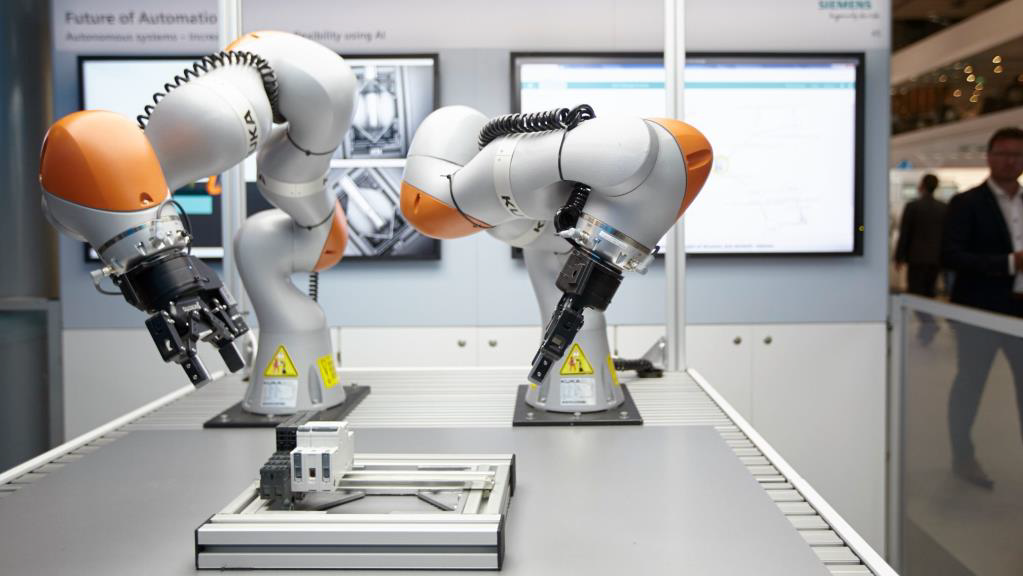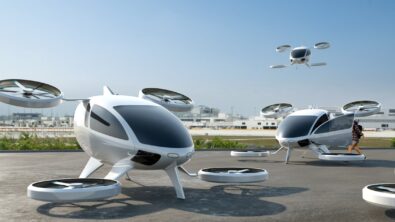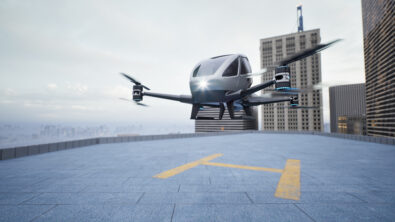Advanced Robotics for Industrial Manufacturing

Many factory floors rely on conveyor belt networks to transport everything from raw material to final products. But these networks were not designed to handle thousands of different products going to the constantly changing locations needed in a multi-product manufacturing process. What if a conveyor system could change? Perhaps change paths to avoid congested areas in a factory? Or change destinations to deliver a work piece to the optimal machining station?

Fortunately, automated guided vehicles (AGVs) and autonomous mobile robots (AMRs) are one of the industry’s best options for meeting these goals. Unfortunately, implementing them is not as simple as assigning the material needs to be picked up at point A and dropped off at B. It could work, but odds are the machines would encounter an unknown situation and stop the processes. Instead much of the investment come from the optimization and coordination of the advanced robotic technologies.
The investment journey for advanced robotics has, thus far, followed in four stages – the Entrant, Veterans, Pioneers, and Visionaries. Most existing manufacturing facilities enter the advanced robotics journey at the Veteran stage. They already employ a comprehensive digital twin for complete system validation and for building control algorithms for an entire facility, but the robots on the floor may not necessarily be communicating with each other. While the other stages are important in their own right, the added features are not groundbreaking. Instead, they are necessary building blocks in reaching the Visionary stage.
The last stage in the advanced robotics journey is the truest implementation of advanced robotics, with near complete automation of robot function while retaining flexibility. This could be a robot automatically changing its process plan when a new product design enters its work area. Maybe a new revision of a washing machine being assembled has different screw hole locations, the robotic assembly station would be able to notice this and adjust based on computer vision, force sensing or some other combination of technologies. The role of this journey is not to provide specific solutions, but to provide insight to the entire process such that the system can find them.
Advanced robotics are bringing the factory of the future to manufacturers today as a part of the Xcelerator portfolio and the Tecnomatix portfolio. For more information on how to achieve a greater level of automation with robotic technologies check out a recent article in Manufacturing Global or take a deeper dive with our whitepaper on the subject.


